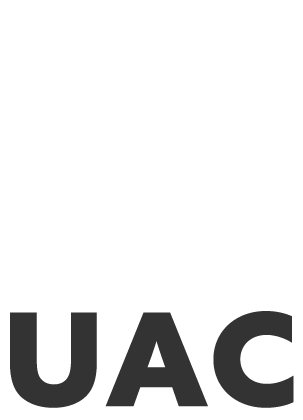Project Overview
Greenlaw Community Center | District 7 Mural
“The lion is portrayed in a way to universally represent courage, which is the underlying message behind everything else in the composition.”
Artist Brandon Marshall explains that “branching out from the center of the work, there are two different families. In both family portraits, children are positioned next to a mother and father. The family on the left is the Golden family, who operate the community center, and on the right, the Fitzpatricks. The goal of these figures is to emphasize the importance of family. These images serve to represent a new normative standard of family values in the neighborhood. The father figures on the outsides hold lanterns, which are synonymous with the principles of finding the correct path or guidance.”
On the far ends of the mural, we find two prominent Civil Rights figures. On the left, Martin Luther King Jr., and on the far right is Jesse Owens. Marshall explains, "I thought that Owens would be a good figure to portray on this mural because the community center has a strong focus on athletics. So this will encourage the youth to stand for transcendent meaning, to stand for something more within their athletic endeavors. Again, all of these images are based around the principle of courage. It takes courage to raise and nurture a healthy family. It takes courage to pursue an education, and there are worthwhile benefits. It takes courage to stand for something more, to be a light in the darkness."
About the Artist
Brandon Marshall
Brandon Marshall is a Memphis, TN artist and musician. He performs as Artistik Approach together with UrbanArt's previous project manager Siphne Sylve.
Marshall is a Memphis boy, born and raised. He grew up in East Memphis, and when he was 8 or 9 years old, he and his friends started sneaking down into the vast network of drainage ditches that run under the city. The ditches were originally designed to address the problem of stagnant water and prevent the spread of yellow fever. By the time Marshall discovered them, the tunnels had become a safe place for Memphis graffiti artists to practice their skills.
Marshall and his friends were fascinated by the different artists whose work they saw both under and aboveground. By age 13, the boys were buying spray paint and trying to make their own marks. His friends eventually drifted away from graffiti, but Marshall stayed hooked. Graffiti had become a way for him to be alone in his thoughts and process emotion. Marshall spent his high school years working to improve his skills and build his identity as a graffiti artist.








